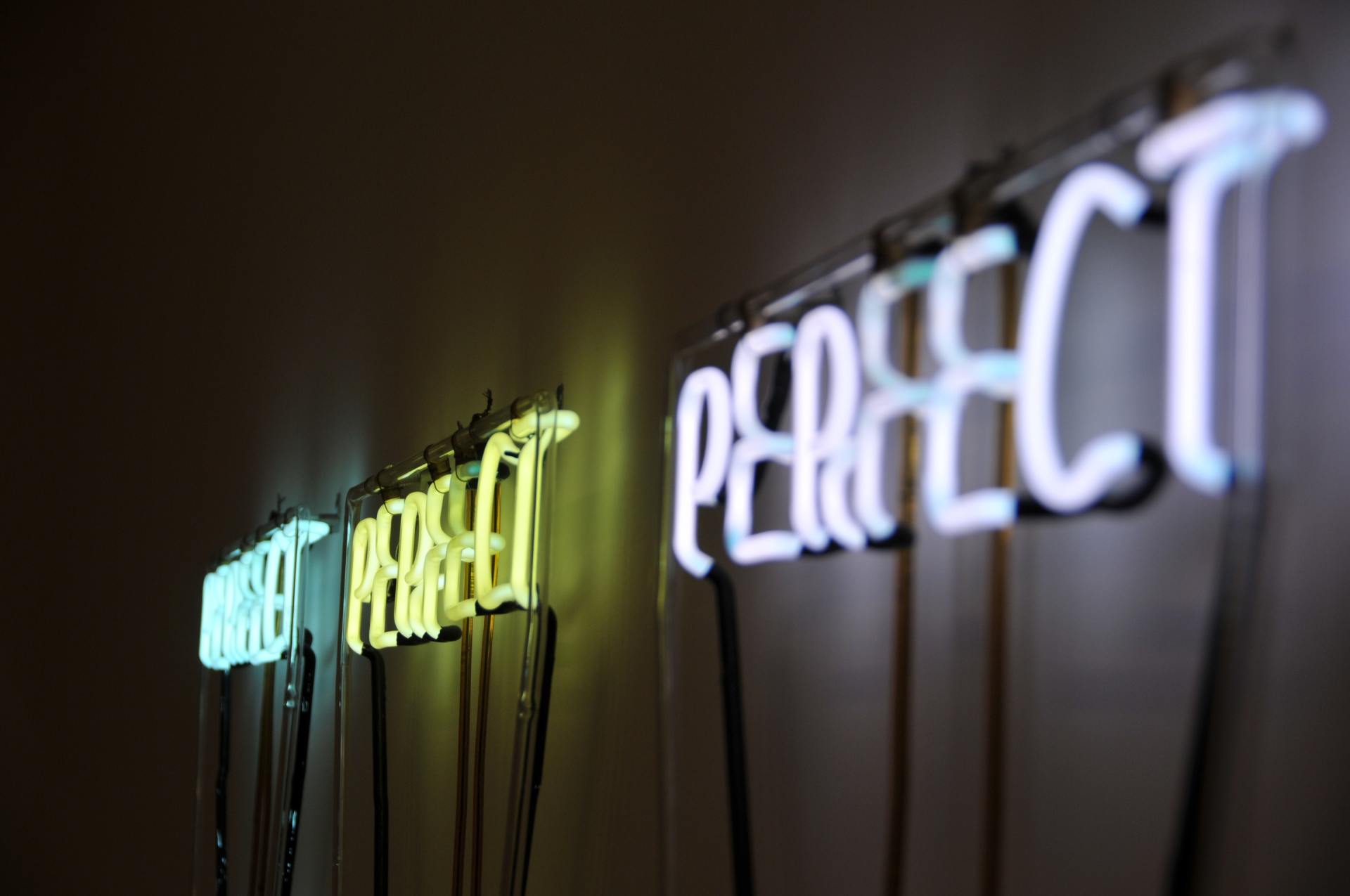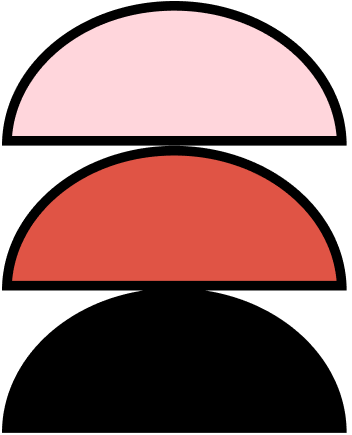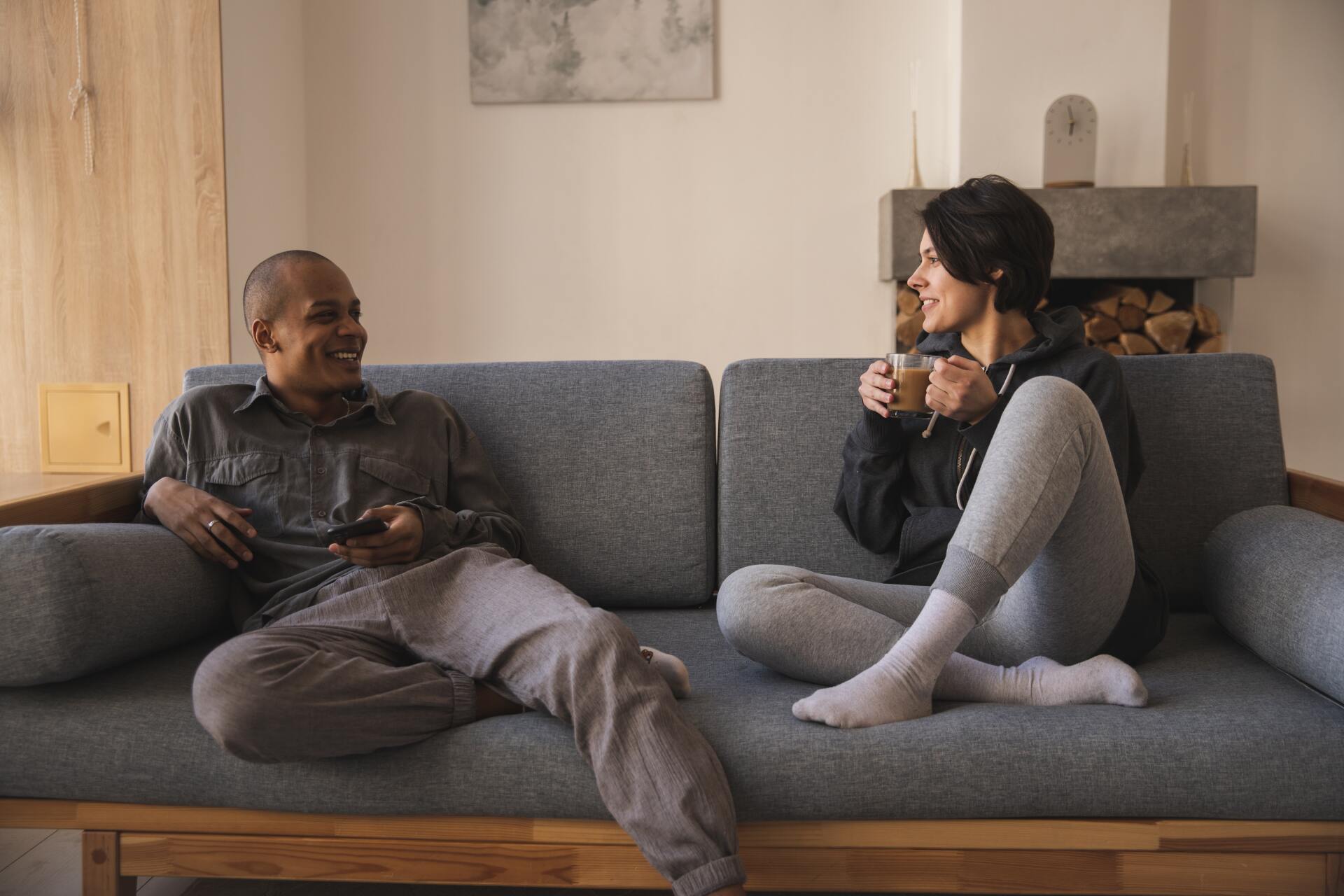Information Architecture, My Local Library, and Amazon
Information architecture is really a recursive process of human behavior that plays out in real life.
I promise information architecture isn’t as boring as it sounds. It’s actually a way of experiencing and navigating through the world — literally. Ok, I’m gonna date myself, but here goes.
The Dewey Decimal system. Those numbers and letters on library book spines. This system is still in use because it does work pretty well, depending on what you want to experience. I still occasionally go to the library, much like I still occasionally go to brick and mortar stores. But I go to these physical locations for very different reasons than I go to their digital counterparts. I go to the library to take in the space itself and I like the walk I take to get there.
The Minneapolis Public Library is a beautiful space that is open and light filled, modern with its use of glass and super high ceilings. I go there to mainly physically wander rows of books in a place that feels uplifting. If I’m searching for books by authors I like, I find the section (crime novels) and the authors (Matsumoto, Seicho, Henning, Mankell). I rarely look for a specific book title because the library usually only has a limited number for a given author and, many times, they’re already checked out. But I can also browse other authors in the area, and more broadly, books that fall under other categories, possibly on different floors. What the physical library is not good at is allowing me to readily see books within a category, recommending books I might be interested in based on my past browsing behaviors, and having every book by an author available.
The number of times I’ve found surprising, awesome, and relevant books based on Amazon’s recommendations are too many to count. I can go down just as many rabbit holes and more because I am presented with personalized recommendation after recommendation. I can’t speak for all local libraries, but my local public library is not as effective at this as Amazon is purely through their site. It might be because people who go to the library just ask librarians for recommendations and people who use the library site are only searching for very specific books. I don’t know for sure, but there’s a different search experience at play. It would take more research to know who likes it, who does not, and why.
I like both systems. When I’m in the mood for a walk, I’ll include the library on it — maybe even some Free Little Libraries on my way to it. When I feel like staying on the couch, Amazon is it. Finding what you’re looking for depends on the experience you want; it’s more than just categories and labels. It’s sitting on the couch vs. going for a walk.






